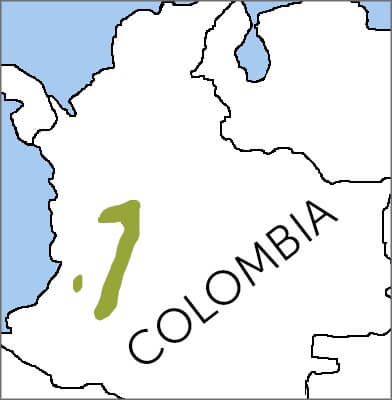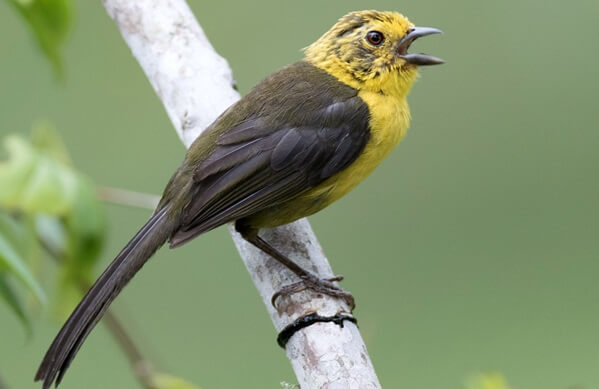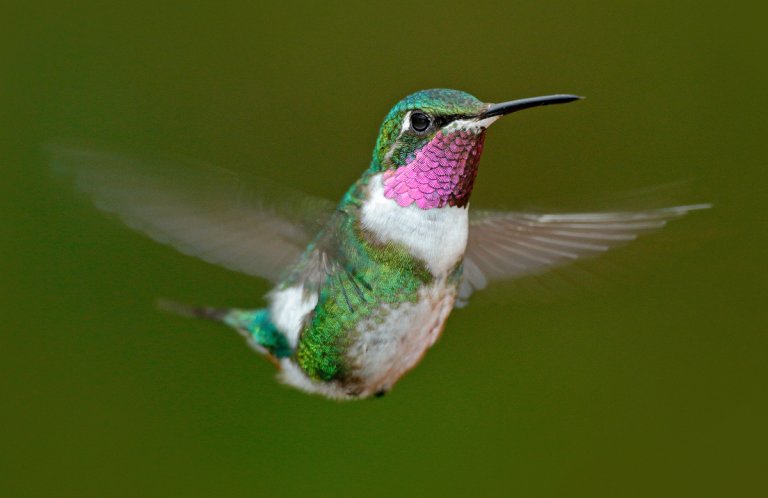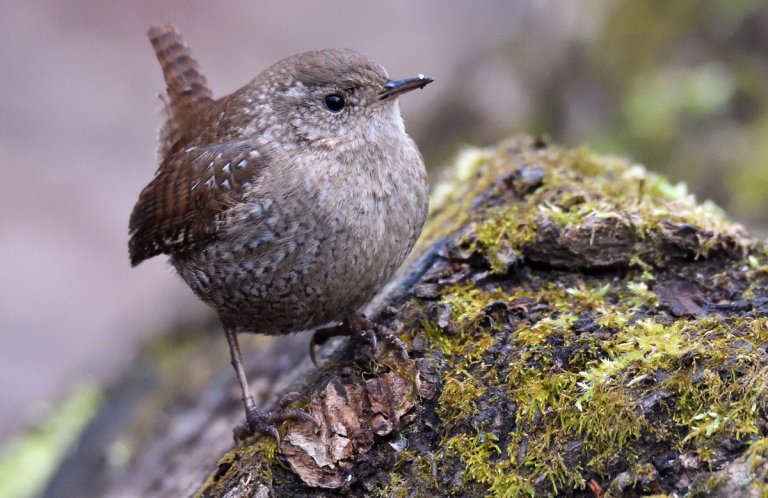
A close relative of Ecuador's Pale-headed Brushfinch and almost as uncommon, the Yellow-headed Brushfinch of Colombia is a bird that has come out on the bright side of an identity crisis.
Well into the 20th century, Yellow-headed Brushfinch was known only from two drab specimens and was classified as the Olive-headed Brushfinch. But in the 1980s, updated research and field work found that this species actually has variable head coloring, ranging from bright yellow to dark olive, likely depending on the individual bird's sex and age. This better understanding of its plumage variation led to its current and more colorful common name.
Habitat loss is the biggest threat to this brush-finch, as forested mountain valleys throughout its range in the south-central Andes of Colombia are cut down for agriculture. Other Colombian endemics such as Santa Marta Parakeet and Glittering Starfrontlet face the same challenges.
Providing Protected Places
The non-migratory Yellow-headed Brushfinch belongs to a large genus of medium-sized, long-tailed sparrows that includes more than 30 species, most found in highland forests from Mexico south to Argentina. Many of these species, including the Yellow-headed Brushfinch and Santa Marta Brushfinch, occur at only a handful of sites.
Yellow-headed Brushfinch can be found at the Giles-Fuertesi Nature Reserve, part of the "parrot corridor" that protects Fuertes', Yellow-eared, and Rusty-faced parrots.
"Although it is recorded at some reserves, most of the population of Yellow-headed Brushfinch lives outside of protected areas and additional areas would greatly benefit their conservation," said Dan Lebbin, Vice President of International Programs at ABC.
ABC and Colombian partner SELVA have been working together since 2017 to identify additional key areas for Yellow-headed Brushfinch habitat conservation. In 2018, we hope to consult with local communities and experts to determine the best options for creating new protected areas for this species and another endangered bird that shares its habitat, the Tolima Dove.
Sign up for ABC's eNews to learn how you can help protect birds

Building On Past Successes
ABC has a successful track record of establishing partnerships to protect habitat-limited species; many of those, including Marvelous Spatuletail and Blue-throated Macaw, can be found throughout our reserve network.
For example, in 1998, the establishment of the Yunguilla Reserve in Ecuador in partnership with Fundación Jocotoco protected most of the remaining Pale-headed Brushfinch population, helping rescue the species from extinction. More recently, ABC and SAVE Brasil worked together to establish the first protected area for the São Paulo Marsh Antwren, a Critically Endangered species only discovered in 2004.
Donate to support ABC's conservation mission!



















































